Home> Company News> microwave vs infrared
- AddressNo.4087 SHAHEXI ROAD, TIAOQIAO DISTRICT,JINAN,CHINA
- Factory AddressNo.4087 SHAHEXI ROAD, TIAOQIAO DISTRICT,JINAN,CHINA
- Worktime9:00-18:00
- Phone(Working Time)0531-85064681
- Phone(Nonworking Time)86-18660125156
- Fax0531-85064682
microwave vs infrared
2018-09-12 16:28:48Microwave sensor: also known as microwave radar, is based on the Doppler principle of electromagnetic waves. We know that any wave has the characteristic of reflection. When a wave of a certain frequency hits the barrier,
A part of the wave will be reflected back. If the blocker is stationary, the wavelength of the reflected wave is constant. If the blocker is moving toward the wave source,
The wavelength of the reflected wave is shorter than the wavelength of the wave source. If the barrier moves away from the wave source, the wavelength of the reflected wave is longer than the wavelength of the wave source, and the change in wavelength means a change in frequency.
Microwave induction knows that moving objects are approaching or moving away by changes in reflected waves.
From the above analysis, we know that microwave induction mainly responds to the movement of objects (human bodies), so the reaction speed is fast, and it is suitable for detecting objects approaching or moving away from the microwave sensor at a certain speed, such as a person walking at a certain speed through somebody. The place can be easily detected by microwave.
Infrared detector: The infrared detector probe works by detecting infrared rays emitted by the human body or other objects. The probe collects infrared radiation from the outside and collects it on the infrared sensing source. Infrared sensing sources usually use pyroelectric components, which discharge the charge outward when the temperature of the infrared radiation is received, and an alarm is generated after the detection process. In the field of electronic anti-theft detectors, infrared detectors are widely used.
The advantage of the infrared detector is that it does not emit any type of radiation itself, the power consumption of the device is small, the concealment is good, and the price is low.
Reacts to the presence of an object, regardless of whether the object moves or not, as long as it is within the scanning range of the sensor, it will react. The disadvantage is that it is easily interfered by various heat sources and light sources; the passive infrared penetrating power is poor, the infrared radiation of the human body is easily blocked, and is not easily received by the probe; it is susceptible to interference from radio frequency radiation; when the ambient temperature and the human body temperature are close, the detection and sensitivity are Significant decline, sometimes causing short-term failure;
In addition, the infrared detector is only effective for objects or human bodies that emit infrared rays relatively against the background, and an additional infrared light source is required for objects that do not emit infrared rays.
It can be seen from the above that the infrared detector is mainly used to sense whether an object enters the detection range, but cannot be perceived as to whether the object moves or the size of the object.
The infrared detector is mostly affected by temperature, airflow, dust and smoke, and the infrared sensor controller is used indoors, while the microwave sensor controller completely avoids the effects of temperature, airflow, dust and smoke. Now microwave induction controllers are gradually replacing infrared sensor controllers.
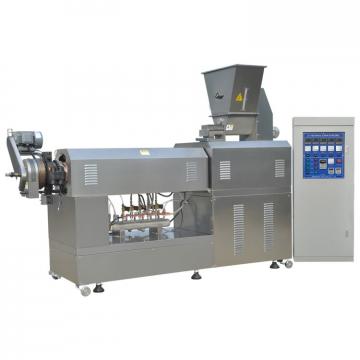 Factory Fruit and Vegetable Processing Machines/Quick Frozen Line/Food Processing Production Line for Daylily Production Line with High Output
Factory Fruit and Vegetable Processing Machines/Quick Frozen Line/Food Processing Production Line for Daylily Production Line with High Output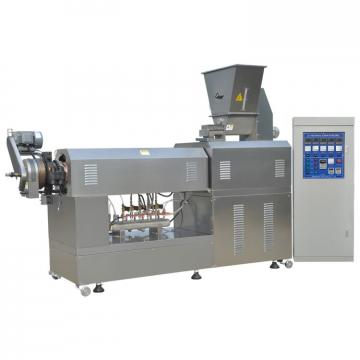 Factory Direct Sales PS Styrofoam Food Container Production Line
Factory Direct Sales PS Styrofoam Food Container Production Line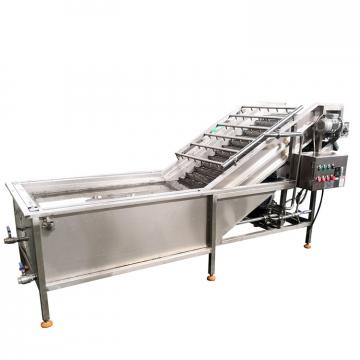 Complete Pure / Mineral Drinking Bottled Water Production Line Factory in Beverage / Food Area
Complete Pure / Mineral Drinking Bottled Water Production Line Factory in Beverage / Food Area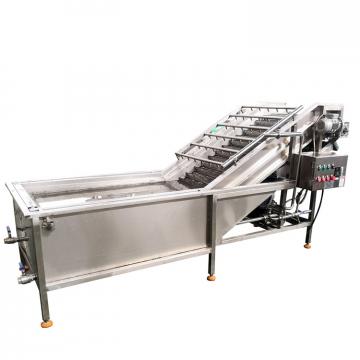 Cheetos Fried Food Production Factory Extruder Processing Line
Cheetos Fried Food Production Factory Extruder Processing Line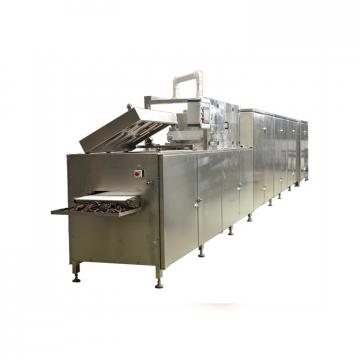 Automatic Mini Food Factory Macaroni Processing Line Pasta Production Line
Automatic Mini Food Factory Macaroni Processing Line Pasta Production Line
